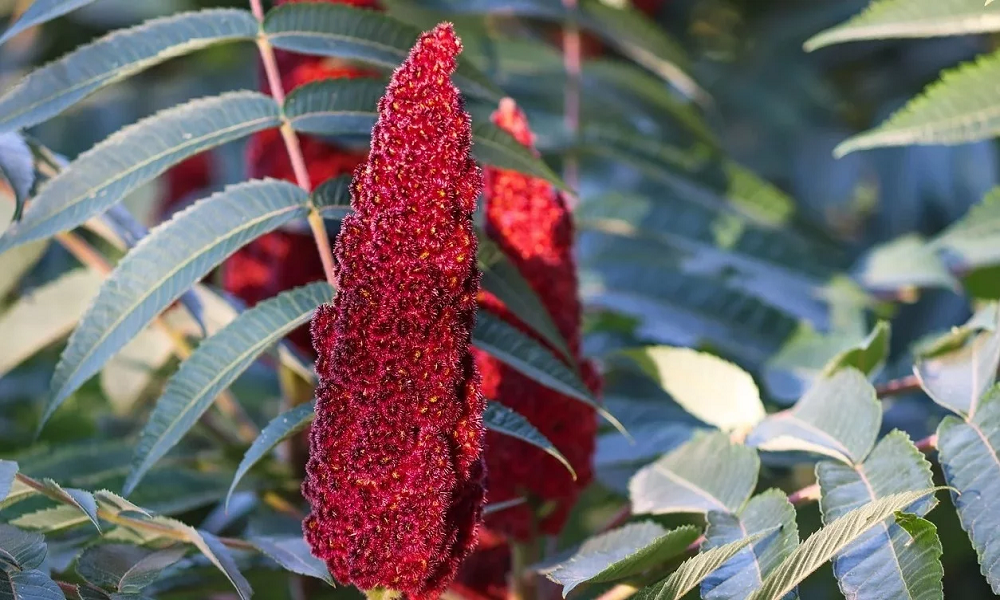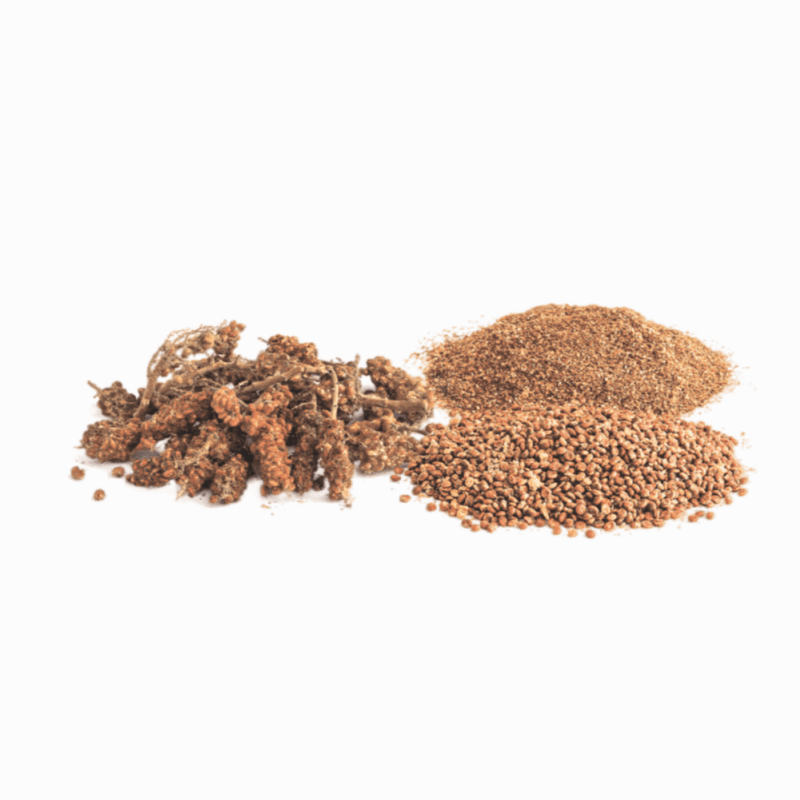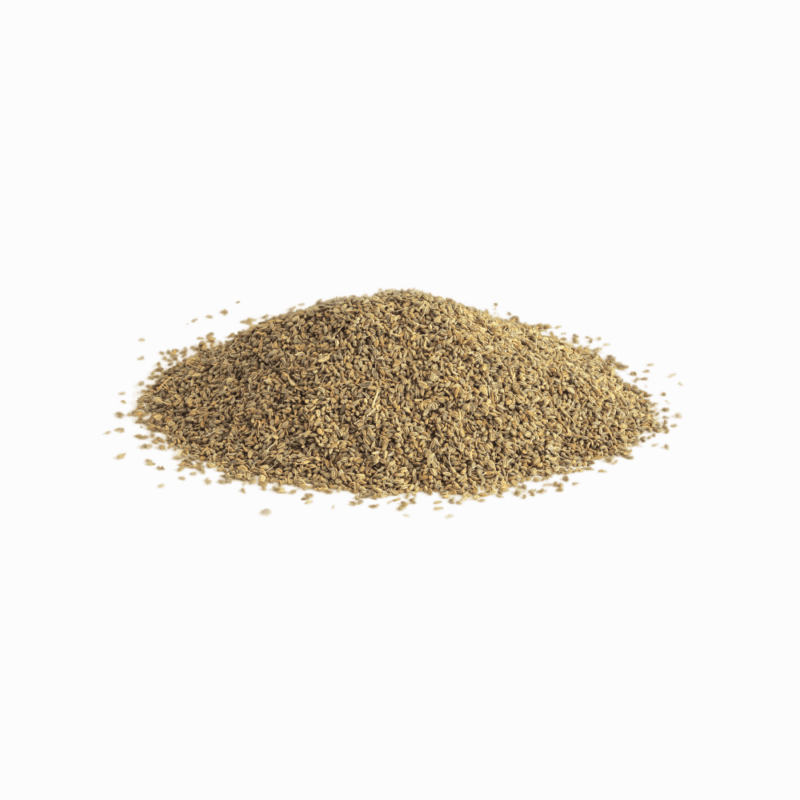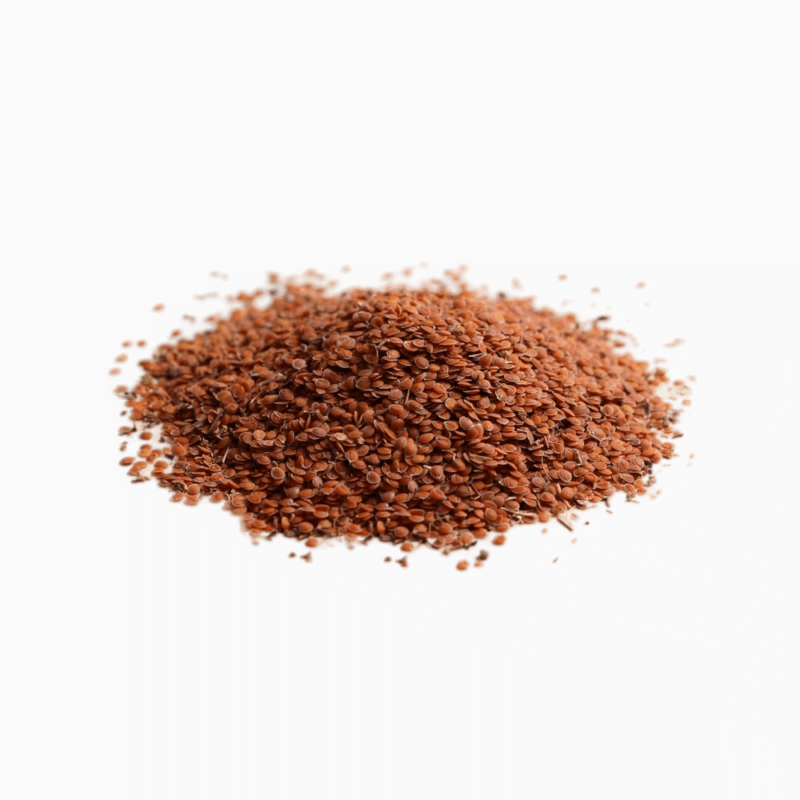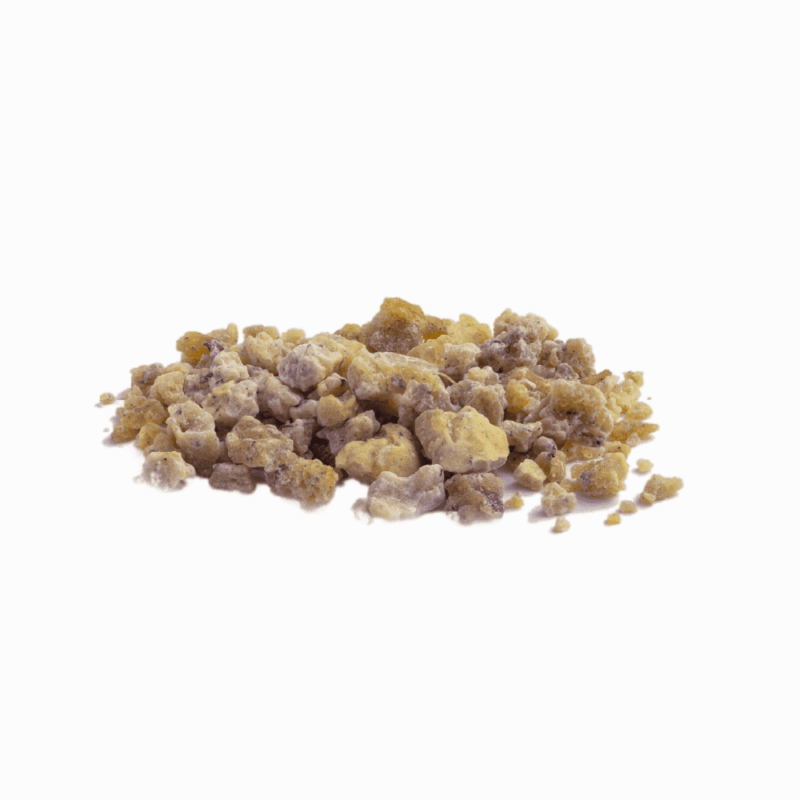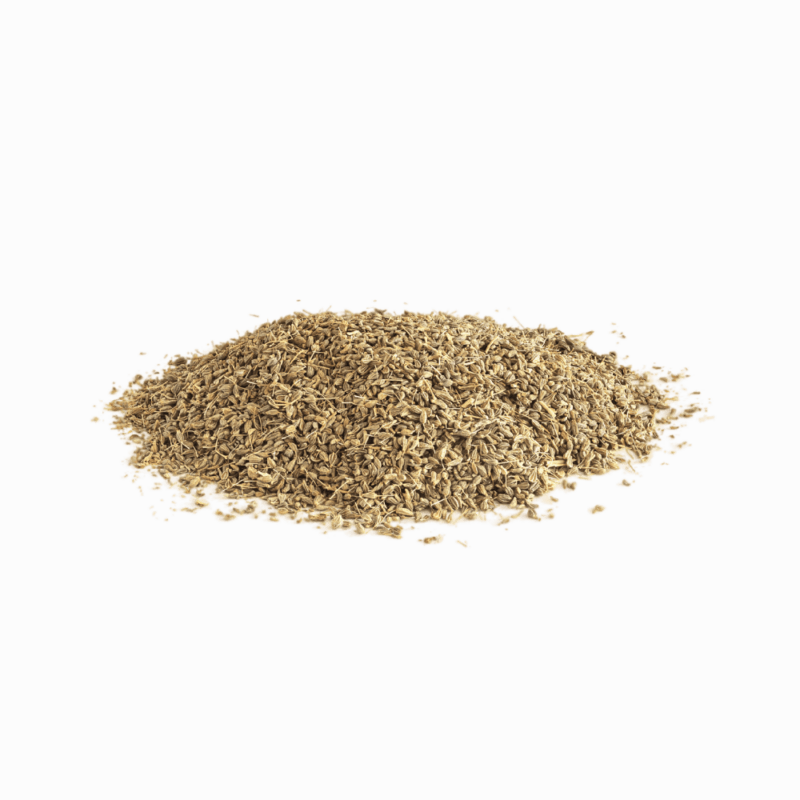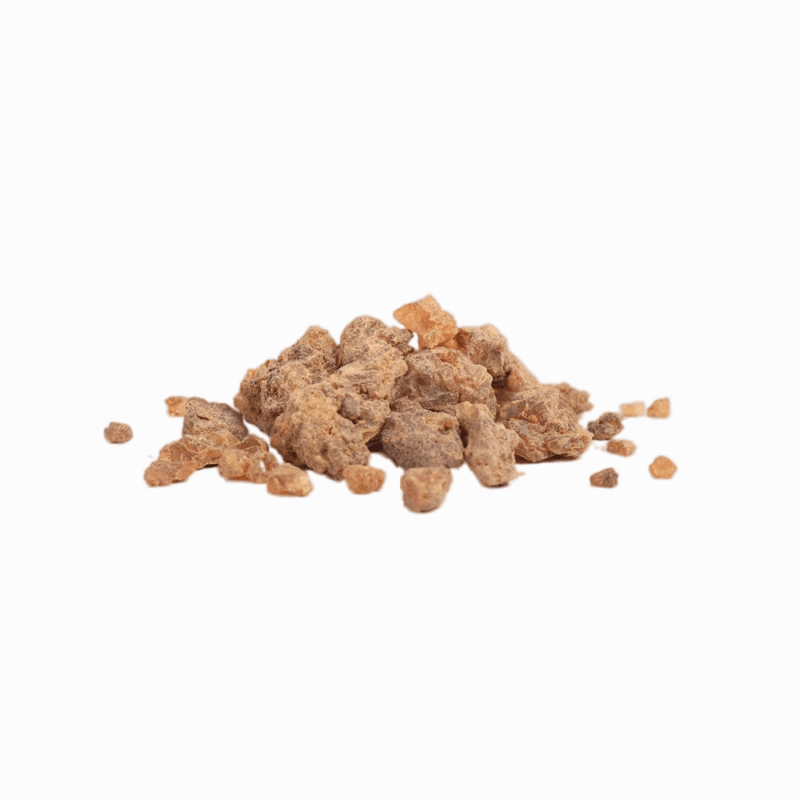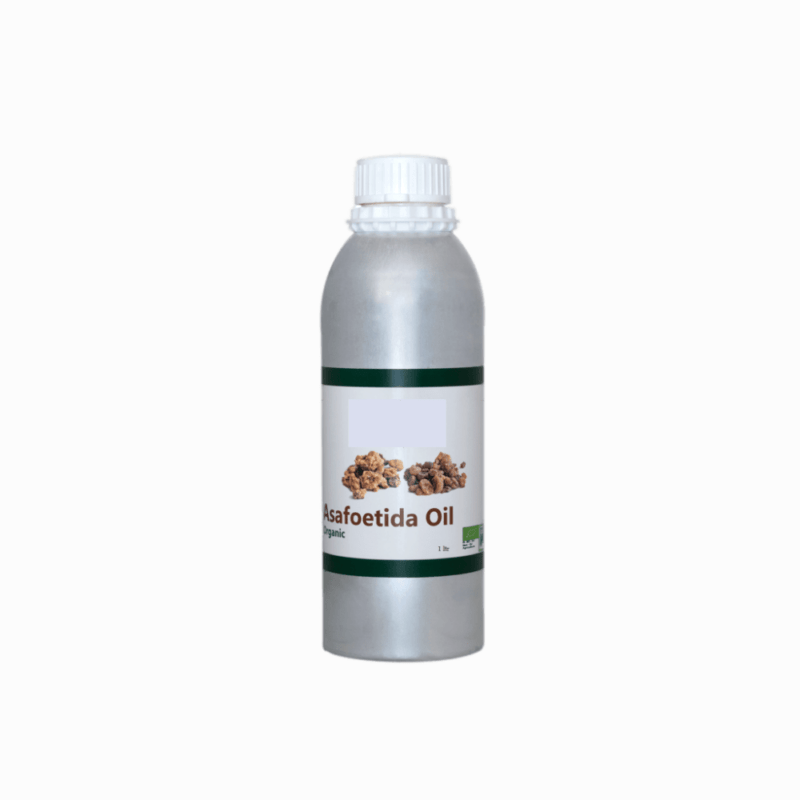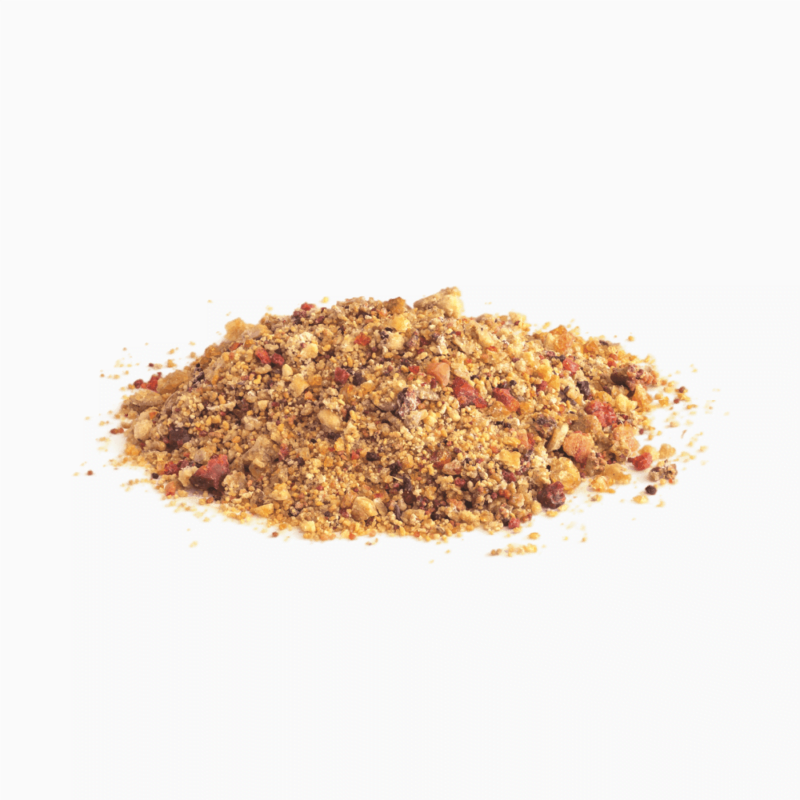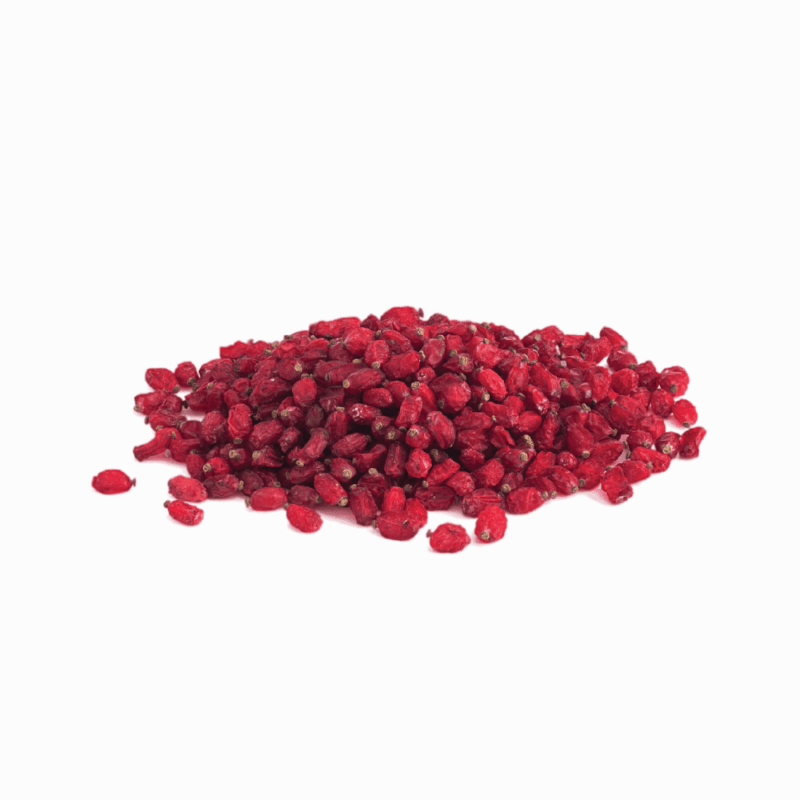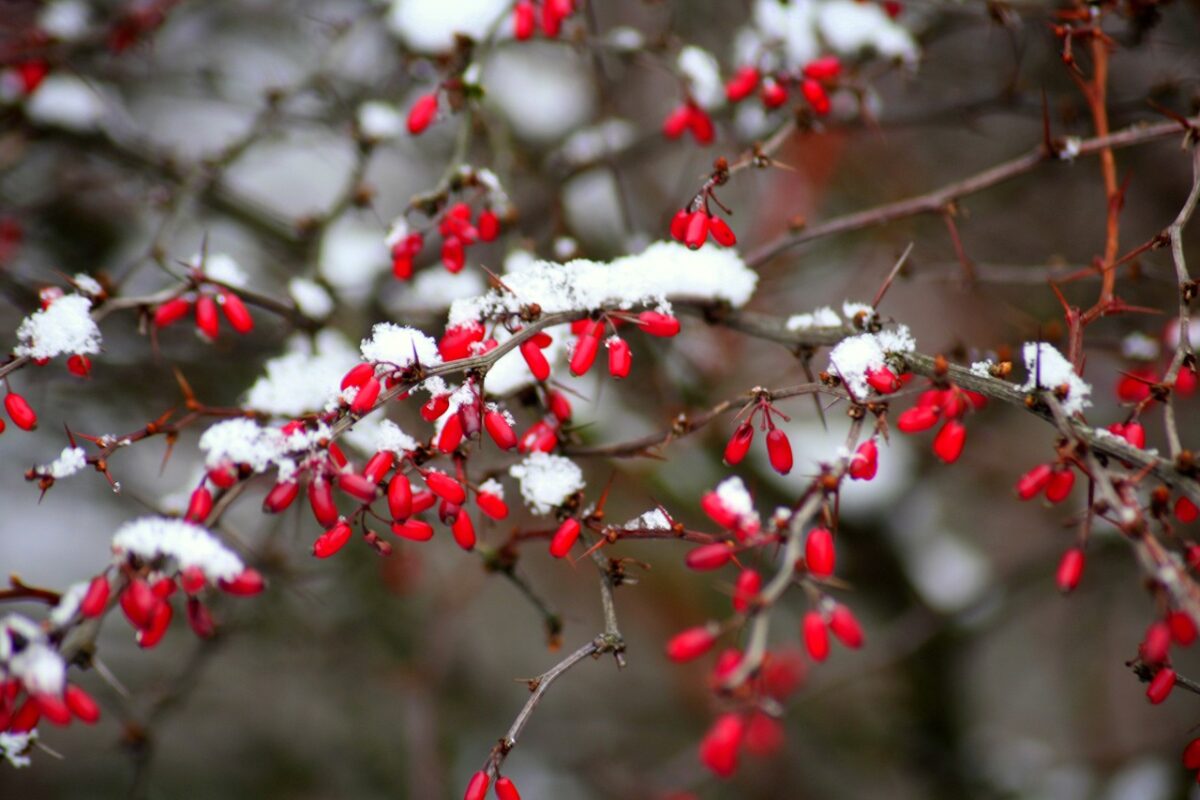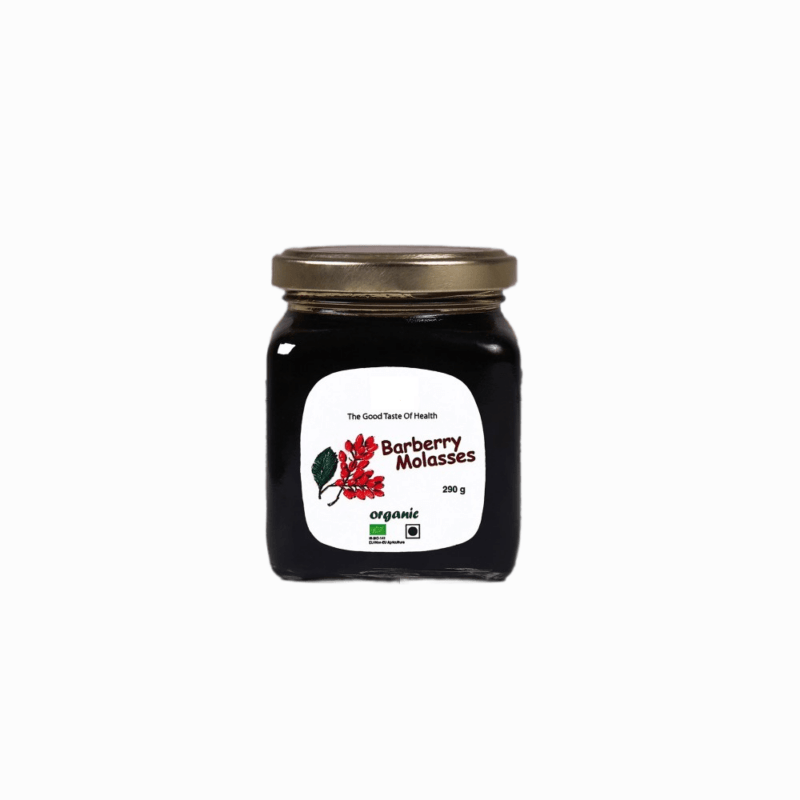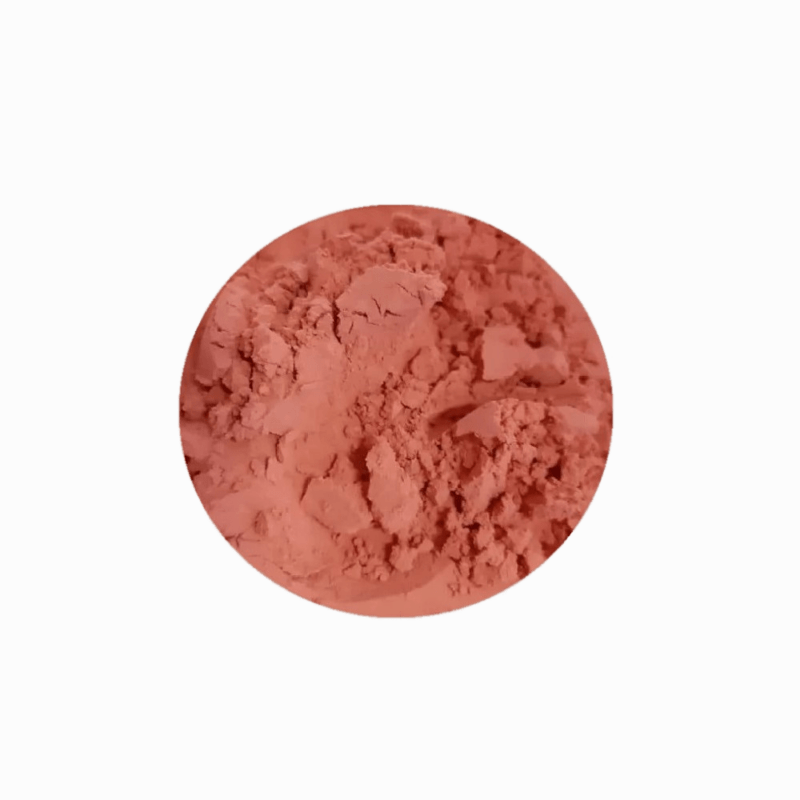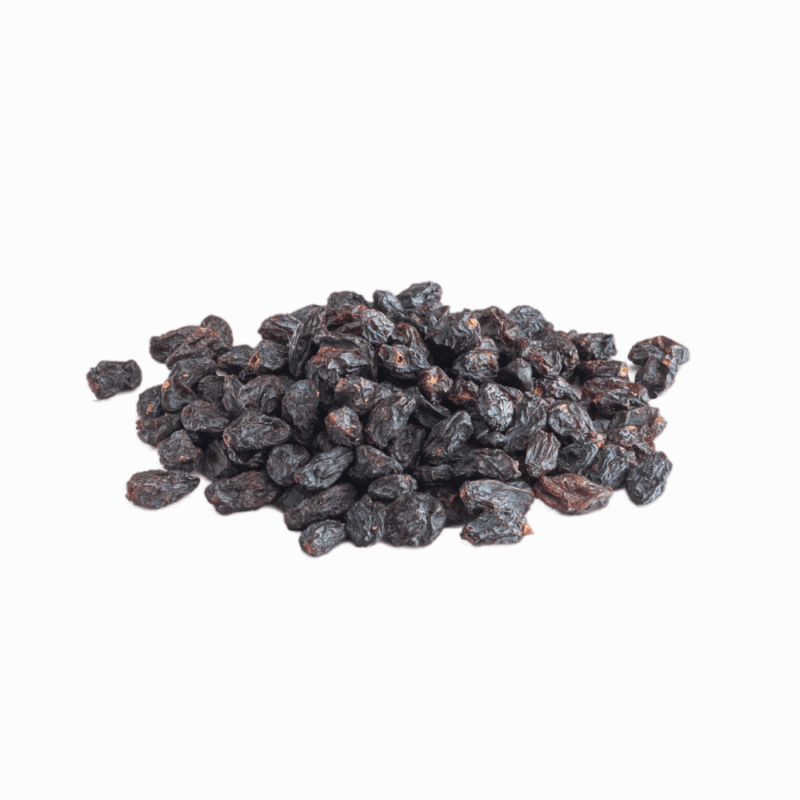Introduction:
Sumac is a widely used spice that is popular in Middle Eastern and Mediterranean cuisines. It has a tangy, sour flavor that adds depth to many dishes. In this article, we will explore the botanical name and taxonomy of sumac, the sumac shrub, and fruit, growing and cultivating techniques, processing of sumac as a spice, the different types of sumac, benefits of the spice, statistics of its production and consumption, and specifically, sumac from Iran.
Botanical Name and Taxonomy:
Sumac belongs to the Anacardiaceae family and has several species. The most commonly used species in cooking is Rhus coriaria. Other species include Rhus glabra, Rhus trilobata, and Rhus typhina. Sumac is a deciduous shrub that can grow up to 10 meters tall. It has small yellow-green flowers and compound leaves that turn red in the fall.
Sumac Shrub:
Sumac shrubs are native to the Mediterranean, Middle East, and North Africa, but they can also be found in other regions around the world. The plant is hardy and can grow in poor soils and dry regions. It is deciduous, which means it loses its leaves in the winter.
Sumac fruit:
Sumac fruit is a small, red berry-like fruit that grows on the sumac shrub. The fruit is known for its tangy, acidic flavor and is used as a spice in many different cuisines around the world.
The sumac fruit is usually harvested in the fall when it has reached its peak ripeness. It is then dried and ground into a fine powder to be used as a spice. The powder can range in color from a deep red to a purplish-brown, depending on the variety of sumac used.
Sumac as a spice:
Sumac is a popular spice that is known for its tart, lemony flavor. It is a versatile ingredient that can be used in a variety of dishes, from meat and poultry to salads and vegetables. Here is a closer look at sumac as a spice and some of its culinary uses.
One of the main characteristics of sumac is its tartness, which is due to the presence of citric acid in the fruit. This makes it a great substitute for lemon juice or vinegar in recipes, especially for those who are looking for a milder flavor. Sumac is often used as a dry rub for meat or sprinkled over vegetables, rice, or salads. It can also be added to marinades or used to season soups and stews.
One popular use of sumac is in the spice blend za'atar, which is a mixture of sumac, sesame seeds, dried thyme, and other herbs. Za'atar is commonly used in Middle Eastern cuisine and can be used to flavor meats, vegetables, and breads. Sumac is also a key ingredient in the Turkish spice blend Bharat, which is used to season lamb, beef, or chicken dishes.
When using sumac as a spice, it's important to remember that a little goes a long way. Its strong flavor means that it should be used sparingly, and it's best to taste as you go to avoid overpowering the dish. Sumac can also be combined with other spices to create unique flavor profiles, such as using it with cumin and coriander for a Middle Eastern-inspired rub.
Blumental Sumac Wholesale
Ground Brown Sumac – Organic and conventional
- Ground brown sumac is a spice used in Middle Eastern and Mediterranean cuisines.
- It comes from the sumac plant, found in subtropical and temperate regions worldwide.
- Sumac berries are dried and ground into a reddish-brown powder.
- The spice has a tangy, citrusy flavor with slight tartness and astringency.
- It can be used as a substitute for lemon juice or vinegar in recipes.
- Ground brown sumac is a popular seasoning for meats, vegetables, and salads.
- It is also a key ingredient in spice blends like za'atar.
- Our bulk sale offers high-quality ground brown sumac from top producers worldwide.
- Our product is carefully selected and packaged to preserve its fresh flavor and aroma.
Ground Red Sumac – Organic and conventional
- Sumac spice is obtained from the dried fruits of the sumac tree.
- The spice has a bright red color and a tangy, citrus-like flavor. Ground red sumac is a versatile spice that adds a fresh, sour taste to any dish.
- Our sumac has a special quality as it is made from fruit without stones.
- Origin: Iran
At Blumental, we offer high-quality red and brown sumac spice in both conventional and organic varieties. Our products are carefully selected and of the highest quality. We recommend trying our sumac spice in the kitchen and discovering how it can add a special touch to your dishes.
Red and brown sumac:
Red sumac and brown sumac are two different varieties of the sumac plant, which is a shrub that grows in the Middle East and Mediterranean regions. Both varieties are commonly used as a spice in cooking and have distinct flavors.
Red sumac is known for its tart and tangy taste, which is similar to that of lemon or vinegar. It is commonly used in Middle Eastern and Mediterranean cuisine to add flavor to dishes such as salads, meat, and dips.
Brown sumac, on the other hand, has a slightly sweeter taste and is often used as a substitute for lemon pepper. It is also commonly used in Middle Eastern and Mediterranean cooking, as well as in North African cuisine.
Blumental Bayern GmbH is a company engaged in the manufacturing, wholesaling, bulk sales, and distribution of premium organic and conventional agricultural products and food ingredients. Our extensive range includes top-quality items such as Saffron Wholesale, Sumac Wholesale, Dried Fruits and Nuts Wholesale, Barberries Wholesale, Dried flowers Wholesale, Rose Wholesale, Calendula Wholesale, Mallow Wholesale, Citrus flowers (orange blossom) Wholesale, Dates Wholesale, Gums Wholesale, Essential oils and Syrups Wholesale, Spices Wholesale, Herbs Wholesale, and seeds Wholesale.
Ajwain – Organic and conventional
Organic and Conventional
- Ajwain is a spice used in Indian cuisine and traditional medicine
- Also known as carom seeds
- Has a pungent, slightly bitter taste and a strong, distinct aroma
- Native to India and also cultivated in Iran, Egypt, Afghanistan, and Pakistan
- Derived from the fruit of the Ajwain plant, a member of the Apiaceae family
- Small, oval-shaped, and grayish-green in color
- Widely used in Indian cuisine, especially in bread, curry, and vegetable dishes
- Used in traditional medicine to aid digestion, reduce inflammation, and treat respiratory ailments
- High-quality Ajwain seeds sourced directly from reliable suppliers
- Available in bulk at competitive prices
- Strong aroma and unique flavor
Alyssum seeds – Organic and conventional
Ammoniacum gum – Organic and conventional
Organic and Conventional
• Ammoniacum gum is a resin that is obtained from the stem of a perennial herb called Dorema ammoniacum, which is native to Iran and surrounding countries. • The color of Ammoniacum gum can vary from yellow to brown, and it has a distinct, pungent aroma and a bitter taste • Ammoniacum gum is often used in perfumery to add depth and complexity to fragrances. • It has been used to treat respiratory ailments, such as coughs and asthma, as well as digestive issues and skin conditions. • Ammoniacum gum is also used in the production of incense, varnishes, and paints. • It is a valuable ingredient in many cosmetic formulations due to its ability to improve the texture and stability of creams and lotions. • We are proud to offer high-quality Ammoniacum gum in bulk quantities. • Our gum is carefully sourced from the best suppliers and is guaranteed to be of the highest quality. • Contact us today to place your order and experience the many benefits of Ammoniacum gum in your products.Anise – Organic and conventional
- Anise is a flowering plant native to the eastern Mediterranean region and southwest Asia.
- The seeds of the anise plant are used to produce the spice, which has a sweet, licorice-like flavor and aroma.
- The spice is commonly used in cooking, particularly in baked goods, liquors, and savory dishes.
- Anise oil is also extracted from the seeds and used in aromatherapy and fragrance production.
- Anise can be consumed in various forms, such as ground spice, whole seeds, tea, and supplements.
- Anise is a popular ingredient in Middle Eastern, Mediterranean, and Asian cuisines, as well as in some European and American dishes.
- Anise is often used to add flavor to licorice candy and other sweets.
- Anise has a long history of use in various cultures and is considered a symbol of fertility, protection, and good luck in some traditions.
Asafoetida gum – Organic and conventional
- Organic and Conventional
- Botanical Name: Our Asafoetida
- products are made from the botanical name Asafoetida, also known as Ferula asafoetida.
- This ensures the use of high-quality raw materials without any impurities.
- Origin: We use original Asafoetida resin from Iran for our products, which is known for its high quality and rich flavor.
- Pure resins: Our Asafoetida products contain pure resins extracted from the roots of the Asafoetida plant, guaranteeing that our products are free from additives or fillers.
- Various forms: We offer our Asafoetida products in different forms, including paste, powder, oil, or dried.
- This allows you to choose the form that suits your needs.
Asafoetida Oil – Organic and conventional
- Asafoetida Oil is derived from the resin of the Ferula plant.
- It has a pungent smell and a bitter taste.
- The oil is pale yellow to dark brown in color.
- Asafoetida oil is used in cooking, as a spice and flavoring agent.
- It is also used in traditional medicine to treat a variety of ailments.
- Asafoetida oil has anti-inflammatory, anti-bacterial, and anti-fungal properties.
- In aromatherapy, Asafoetida oil is used to promote relaxation and relieve stress.
- Asafoetida oil is a popular ingredient in Indian and Middle Eastern cuisines.
Astragalus gum – Organic and conventional
- Astragalus Gum is a natural gum derived from the root of the Astragalus plant.
- It comes from various regions of Asia, including China, Mongolia, and Korea.
- The gum is light yellow or brown in color, with a slightly sweet and bitter taste and a faint herbal aroma.
- Astragalus Gum is also used in the food industry as a thickener and stabilizer in various products such as confectionery, beverages, and sauces.
- It is also used in the cosmetics industry in skincare and hair care products for its moisturizing and anti-aging properties.
- Astragalus Gum is available in bulk for various applications, including medicinal, culinary, and cosmetic.
Barberry – Organic and conventional
- Botanical name: Berberis vulgaris
- Traditionally sun-dried on the branch for several months
- No bleaching oil or other treatments added
- Handpicked, double sorted and cleaned, double laser sorted
- As a manufacturer, supplier, and wholesaler, we offer the best quality of Berberis directly from our partner farm.
Barberry Jam & Marmalade – Organic and conventional
Barberry molasses – Organic and conventional
- Sweet and tangy syrup made from barberry juice
- Popular in Middle Eastern cuisine
- Dark reddish-brown color and fruity aroma
- Complex flavor profile that is sweet and tangy with an acidic edge
- Versatile ingredient for meats, vegetables, and desserts
- Adds depth of flavor and complexity to savory dishes
- Used as a natural sweetener in desserts
- High concentration of beneficial compounds, such as vitamin C and antioxidants
- Delicious and nutritious addition to any kitchen.


